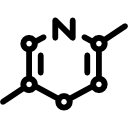Main research lines and projects
Microbiology and Benefcial microorganisms
In order to find new methods to improve plant resistance against adverse conditions, the study of the plant phytobiome is one of the most promising fields. It is well known that beneficial microorganisms are able to induce plant growth as well as plant resistance against several biotic and abiotic stresses. Our goal is to find new fungal endophytes compatible with commercial crops that could improve plant performance in the field. This identification includes the study of microbiomes and isolation of soil and endophytic microorganisms. Moreover we also intend to characterize the mechanisms of resistance induced by the microorganisms.
On the other hand, there is a growing interest for new biocidal molecules. In our research group we are able to test and determine the effect of antimicrobial compounds against both plant and human pathogens.
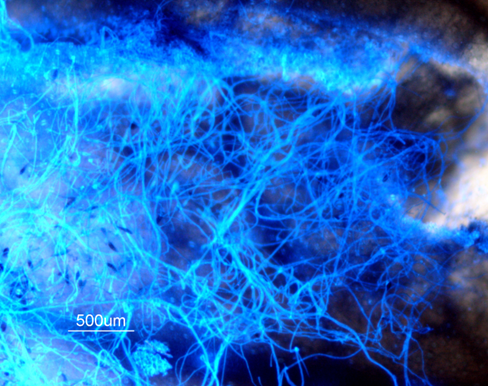
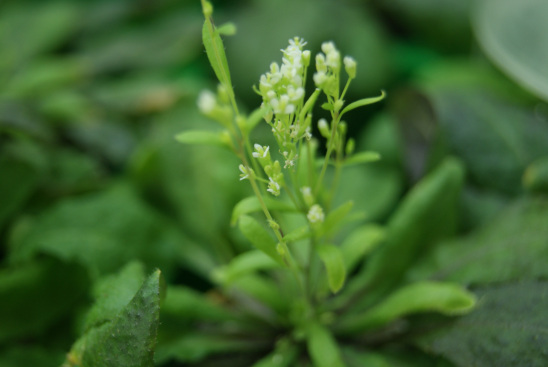
Biomolecules and resistance inducers
The main goal of this line of research is to design compounds with antimicrobial activity and defense inducers in plants against stress. To achieve this objective we study the mode of action of natural or chemical compounds that are able to induce resistance in plants against biotic or abiotic stresses. We take advantage of our expertise in the analysis of Hormonal, genetic, and metabolic pathways involved in the signaling of different stresses. In this way, our group aims to discover and characterize the mode of action of new natural molecules, as well as determine the plant response.
Plant pathogen interactions
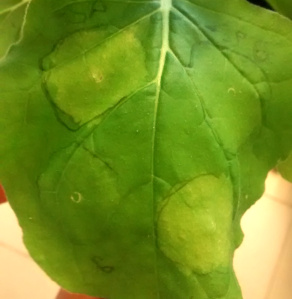
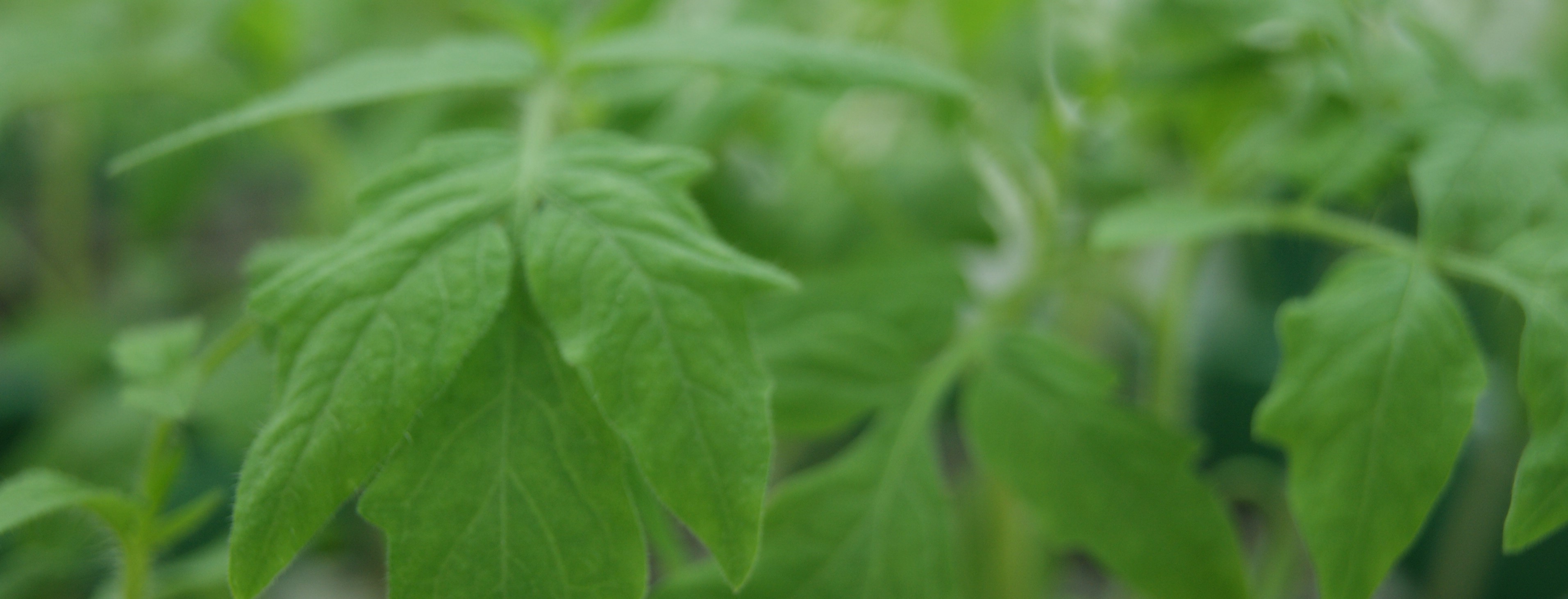
Nitrogen metabolism
Currently, our research group is studying the proteome of tomato plants grown with different N sources and their involvement in abiotic stress. The involvement of polyamines, specifically putrescine, in development and induced resistance is also being determined using silenced and overexpressing lines of the synthesis routes of this polyamine (ADC and ODC) obtained in our laboratory.




